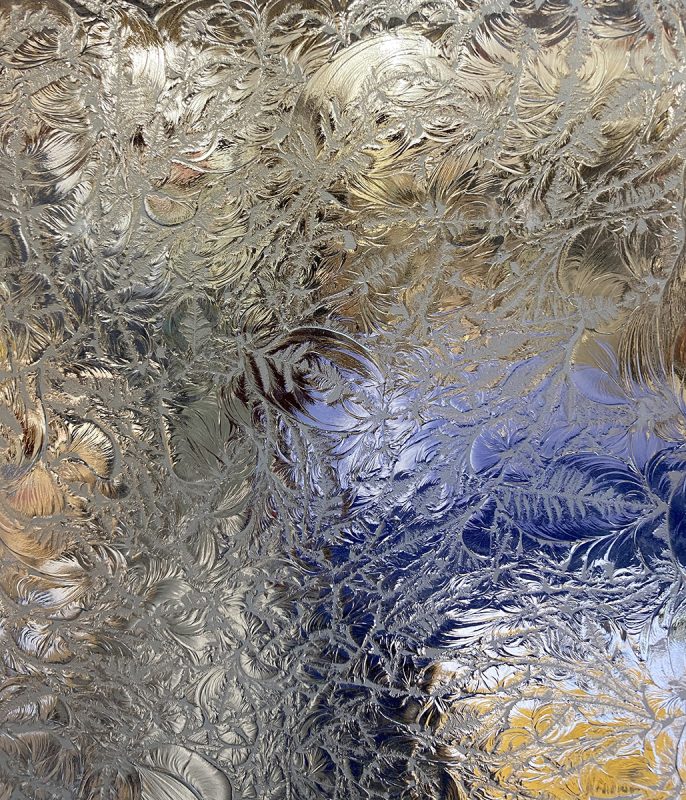Have you ever come across a piece of gilded art that has taken your breath away? Gold, the most noble of metals, has always mesmerised people, and even the process of ‘goldbeating’ to create gold leaf is fascinating. Let me take you on a journey through gold leaf’s rich past.
Ancient origins
Gold leaf was used throughout the ancient world. Much of the tradition arrived in the West from India, and there were many gold manufacturers and goldbeaters in Ancient Rome. The craft soon spread throughout Europe, becoming established in Italy, France, Germany and England before making its way across the Atlantic to America.

One of the most well-known gold leaf producers in America are W & B Gold Leaf, LLC, which started business, in 1905, as Wehrung & Billmeier. Gilding products manufactured in the United States are still produced under the Wehrung & Billmeier name to this day, in Chicago.
Italy with their traditions of gold is the largest Gold Leaf Supplier in the world Giusto Manetti.
Giusto Manetti Battiloro, a family company from Florence, Italy has been supplying gold leaf and producing precious metal leaf since 1600, practicing the noble craft of gold beating for over 15 generations. For over 5 centuries, Manetti gold has epitomized the distinctive character of Florentine craftsmanship, offering a product of exceptional quality. I was lucky enough to visit them with some friends in 2018.
Germany’s golden tradition
Germany is another country with a proud tradition of gold leaf production. The country needed to supply the artists who were busy gilding castles and statues all over Bavaria and beyond. The company Ludwig Rupprecht now known as Blattgold Rupprecht, was established in 1886 and is one of the oldest gold leaf factories still in operation today.

Many German craftsmen started to run their businesses from home, and mastered their own unique techniques. They were loyal to specific gold leaf suppliers, and at one time, there were over 1400 goldbeaters established across the country.
Around 300 goldbeaters were resident in the city of Schwabach, which became known as the ‘goldbeating town’. In fact, by the early 19th century, 70% of Schwabach’s citizens were making gold leaf. In 2004, Schwabach celebrated this heritage with a festival marking 500 years of gold foil production.
So how do goldbeaters turn 2mm thick gold sheets into incredibly fine gold leaf?
The art of Goldbeating
The first stage of the goldbeating process used by English companies was known as the ‘cutch’. The gold was placed between sheets of Montgolfier paper and beaten to a fine finish. The gold was then quartered and placed between sheets of polyester (PET) film for the second stage of beating known as the ‘shoder’, which further reduced its thickness. The squares were then quartered again and placed between sheets of goldbeater’s skin–made from deer or ox intestines–for the final beating stage known as the ‘mould’. The craftsmen’s skill lies largely in controlling the hammer and the foil packs during this process which can take several hours. Machines are used for some of the stages today, but the final beating of the gold is still performed by hand using a wooden-shafted cast-iron hammer.

The gold leaf is then removed, leaf by leaf, from the skins and carefully hand-cut into 80x80mm squares using a double-bladed tool known, in Italian, as a carretto. The gold leaf is inserted into books of 25 sheets interleaved with tissue paper that has been ‘rouged’ to prevent it from adhering to the gold.

Gold leaf is produced in a wide range of shades (colours) and purities, from 24 carat down to 6 carat. It is available in three thicknesses: standard, double and triple. Other fine metals, such as silver, platinum and palladium, can also be beaten into leaves, but these are less malleable, and it is impossible to achieve the same thinness.
The traditional arm and hammer design (seen in the videos on this page), was associated with the goldbeating trade in many countries, including Great Britain.
British gold manufacture and supply
Although the craft is still alive in Britain, Wrights of Lymm was the last British manufacturer of gold leaf. England had numerous companies producing gold up until the late 1980s. Today, the gold leaf used by gilders is manufactured abroad, often still by hand.
However, we still have companies across the UK that supply gold. These include Wrights of Lymm, in Cheshire; Gold Leaf Supplies, in Wales and A.S. Handover, in London.
Gold leaf and Angel Gilding
Many examples of gold leaf finishes can be marvelled at in museums and at protected sites around the world. Salvaged ancient shipwrecks often show small areas of gold leaf, demonstrating the durability of this form of decoration.

In gold leaf gilding, sheets of gold leaf are applied to a material–usually wood, stone or glass–that has been coated with an oil-based or water based glue known as ‘size’.Traditional water gilding is the most difficult and highly regarded form of gold leafing. The technique has remained virtually unchanged for hundreds of years and is still done by hand using loose gold.

Gold is also used in angel gilding, a technique, named by the late Rick Glawson, for making gold mirrors. A nugget or coin of pure 999 gold is first dissolved and then poured on to a sensitised piece of glass. Once deposited, this highly transparent layer needs a coat of chemical silver to hold and protect it. The final finish and viewing from the front of the glass, is a seamless piece of gold, which provides the same finish as a silvered mirror–but in gold.
To this day, artists around the world continue to use this fine delicate material by gilding monuments, ceilings, signs, manuscripts and even food! . Gold Leaf the most noble of all metals can still be seen in all its fine and noble glistening glory all these thousands of years later.

Are you interested in learning how to gild?
Known internationally for my work with gold leaf. If you fancy learning this traditional technique from the comfort of your own home, I have distilled many hours of this knowledge into an online course so everyone can continue to keep the craft alive.










Vince Edmunds
Totally absorbing and absolutely fascinating, coming from an engineering background this process totally fascinates me. The sight of those automated machines would send a chill down any safety officers bones today, but the fact that the end process is still done by hand is amazing.
Cliff Davis
Very interesting article, my background is in engineering too so anyone who makes something that requires skill and precision will always pique my interest.
The search for my family history has led me to the Perry family in London and later in New York, at least 4 generations were gold beaters.
Highly skilled but highly paid??……………………………not sure as they emigrated in steerage, lol.